by Michelle Grace-Williams & Julia López-Robertson, with Genitha Jackson, Tirisha Robinson, Janese Utley, University of South Carolina

I, too, sing America/I am the darker brother/They send me to eat in the kitchen/When company comes/But I laugh, /And eat well /And grow strong/Tomorrow…/They’ll see how beautiful I am/And be ashamed—I, too, am America.
Langston Hughes
The poem above, I Too, Am America, is an example of a culturally relevant poem that could be used by teachers as a vehicle to engage [all] students in discussions about social injustices and issues that may be relevant to them and their lives. Culturally relevant poetry may also be used as a critique to systems of oppression that are present in our society-in this case, specifically race and language. Continue reading

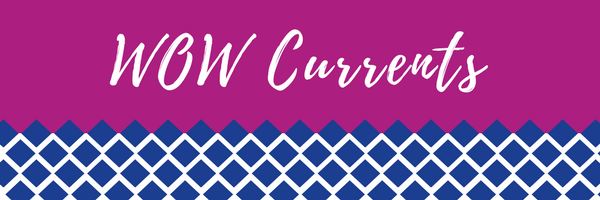
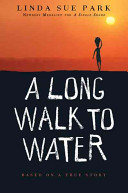
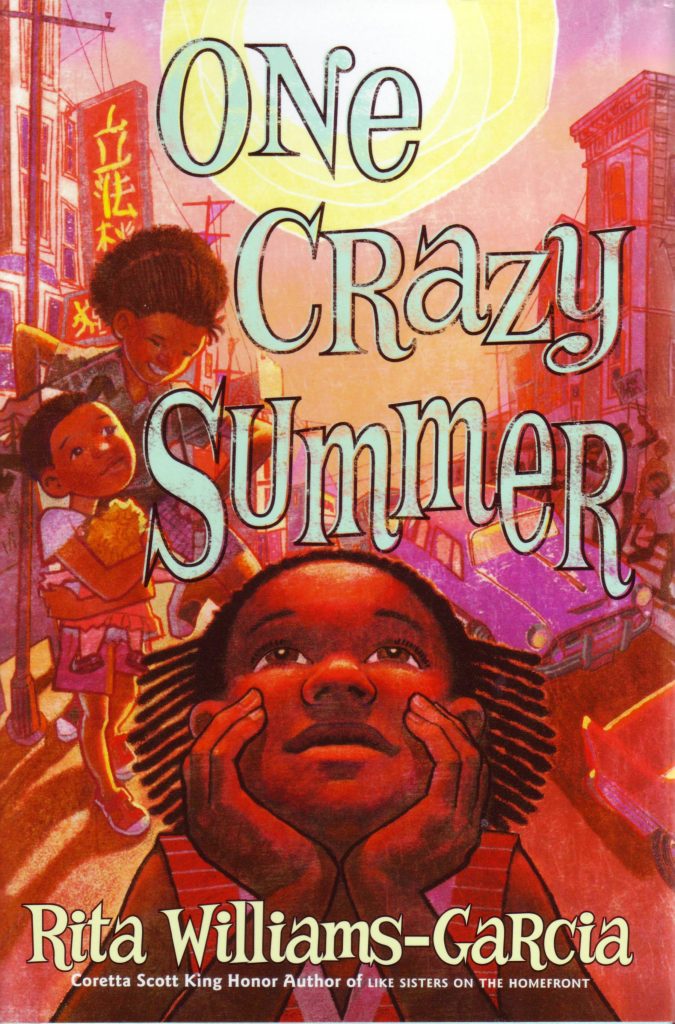
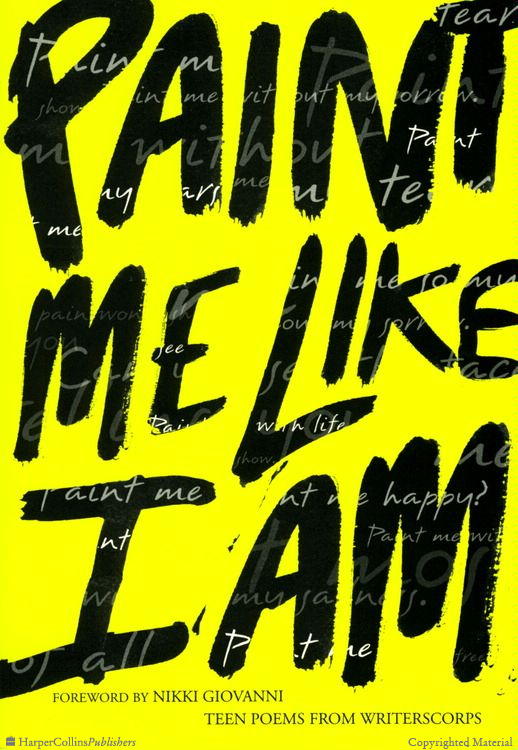
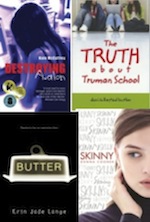
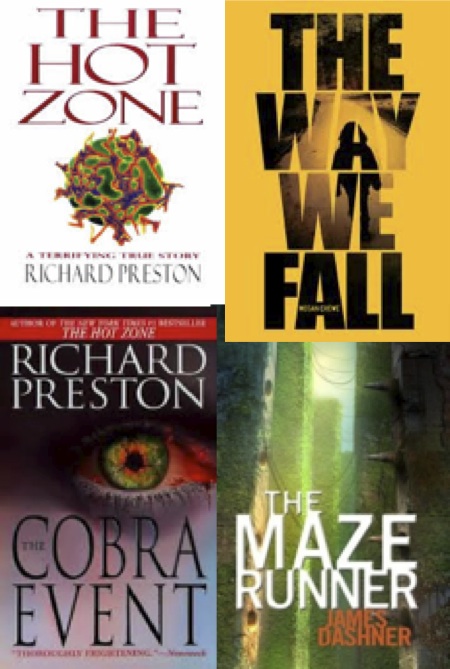
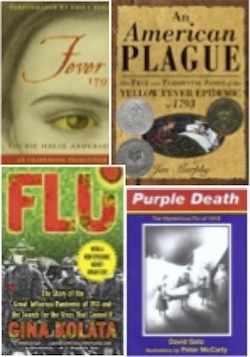

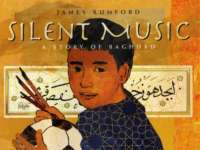 In Jeanette Winter’s
In Jeanette Winter’s 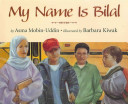 After looking at the 11 picturebooks in this collection I came away with the realization that these books merely covered a few regions that Muslims occupy as well as a handful of situations. These limited portrayals provide only a window of restricted representations. For instance, the necessary voices of children living in the Western countries are represented in books that come across as didactic and may turn off the audience in western countries even if the content is culturally relevant. Amira’s Totally Chocolate World and Mobin-Uddin’s
After looking at the 11 picturebooks in this collection I came away with the realization that these books merely covered a few regions that Muslims occupy as well as a handful of situations. These limited portrayals provide only a window of restricted representations. For instance, the necessary voices of children living in the Western countries are represented in books that come across as didactic and may turn off the audience in western countries even if the content is culturally relevant. Amira’s Totally Chocolate World and Mobin-Uddin’s